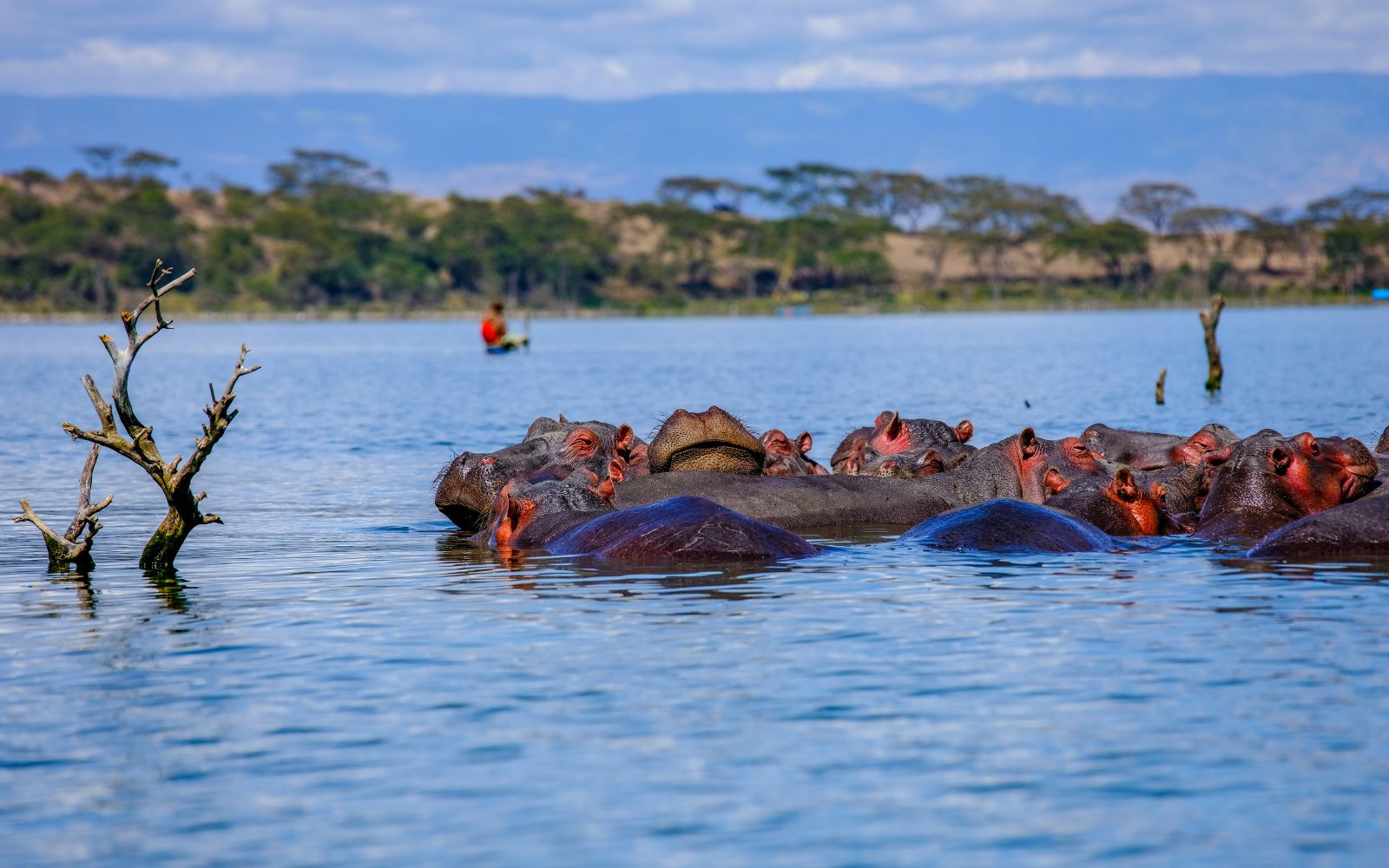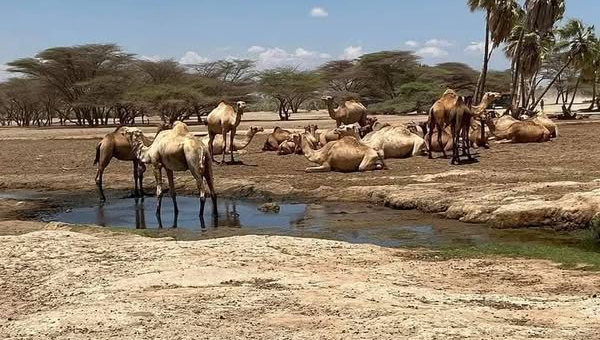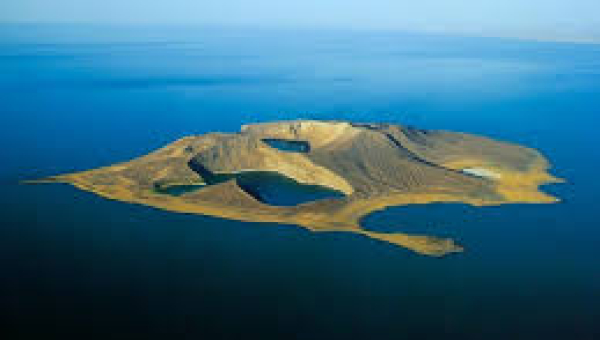Experience the vibrant heart of Kenya at Lake Naivasha, where the flavors of freshly grilled fish, Ugali, and Kachumbari come alive against a stunning lakeside backdrop. Nestled in the Great Rift Valley, this unique culinary adventure invites you to dine by the water’s edge, watch hippos at sunset, and connect with the warmth of the local community. Whether you’re a foodie, a nature lover, or a cultural explorer, Lake Naivasha offers an unforgettable taste of authentic Kenyan hospitality and tradition
The Authentic Flavour of Kenya: Lakeside Dining at Lake Naivasha
For many travelers, Kenya is defined by the sweeping savannas of the Masai Mara. Yet, the country’s cultural heartbeat is just as alive along the Great Rift Valley lakes.
Lake Naivasha, a freshwater jewel surrounded by acacia forests and volcanic landscapes, offers more than scenery—it’s a place where food, people, and nature come together. Here, you can savor the joy of an open-air, lakeside feast featuring the quintessential Kenyan trio: freshly grilled fish, Ugali, and Kachumbari.
The Culinary Trio: Fish, Ugali, and Kachumbari
- Fresh Fish from the Lake – Tilapia, common carp, or Nile perch, caught that morning and grilled over a charcoal jiko. Seasoned simply with salt, pepper, and local herbs, it’s a celebration of freshness.
- Ugali – The national staple, a dense cornmeal porridge eaten by hand. It’s the perfect partner to smoky fish and tangy relish.
- Kachumbari – A raw salad of tomatoes, onions, coriander, and lemon juice. Its zesty freshness balances the richness of the meal.
This trio is more than food—it’s a cultural ritual of sharing, simplicity, and community.
A Majestic Backdrop: Wildlife and Scenery
Dining by Lake Naivasha is a feast for the senses:
- Hippos in the shallows – Emerging at dusk to graze, they provide a humbling reminder of nature’s power.
- Birdwatcher’s paradise – Over 400 species, from African Fish Eagles to kingfishers, fill the skies and papyrus fringes.
- Local hospitality – The warmth of the Naivasha community is the final ingredient, turning a meal into a cultural exchange.
How to Access Lake Naivasha Shore
Unlike many Kenyan lakes, Lake Naivasha has public access points where visitors can reach the shoreline for cultural food experiences, boat rides, or simply to enjoy the view.
|
Access Point |
Description |
Coordinates |
|
Karagita Public Beach |
Main public entry, popular with locals, boat rides, and fish stalls. |
-0.7485, 36.3902 |
|
Kamere Beach |
Rustic access point with local fishermen and fresh fish vendors. |
-0.7541, 36.3798 |
|
Crescent Island Gate |
Entry to the lagoon and wildlife sanctuary, ideal for combining food and nature walks. |
-0.7652, 36.3935 |
|
South Lake Road Junction |
Main tourism corridor with lodges, cultural food setups, and lake views. |
-0.7702, 36.3731 |
Public Access Roads
- South Lake Road – The primary tourism road, lined with lodges and cultural food spots.
- Moi South Lake Road – Connects Naivasha town to Karagita and Kamere beaches.
- Naivasha–Moi North Lake Road – Leads to Crescent Island and northern access points.
These roads are accessible from the Nairobi–Naivasha Highway (A104), making it easy for day trips or weekend getaways.
How to Book Your Naivasha Food Adventure
- Stay at a Lakeshore Lodge – Many lodges along South Lake Road offer curated “Aqua Gastronomy” experiences.
- Book a Local Boat Safari – Request a traditional lakeside lunch or dinner as part of your package.
- Visit During Dry Season (June–October) – Best weather for open-air dining and wildlife viewing.
Final Bite: Culture, Cuisine, and Connection
Lake Naivasha is more than a stopover—it’s a cultural immersion. From the smoky aroma of grilled fish to the laughter of local chefs and the sight of hippos grazing at sunset, every detail connects you to Kenya’s heart.
Don’t just see the Rift Valley—taste it, feel it, and live it on the shores of Lake Naivasha.





